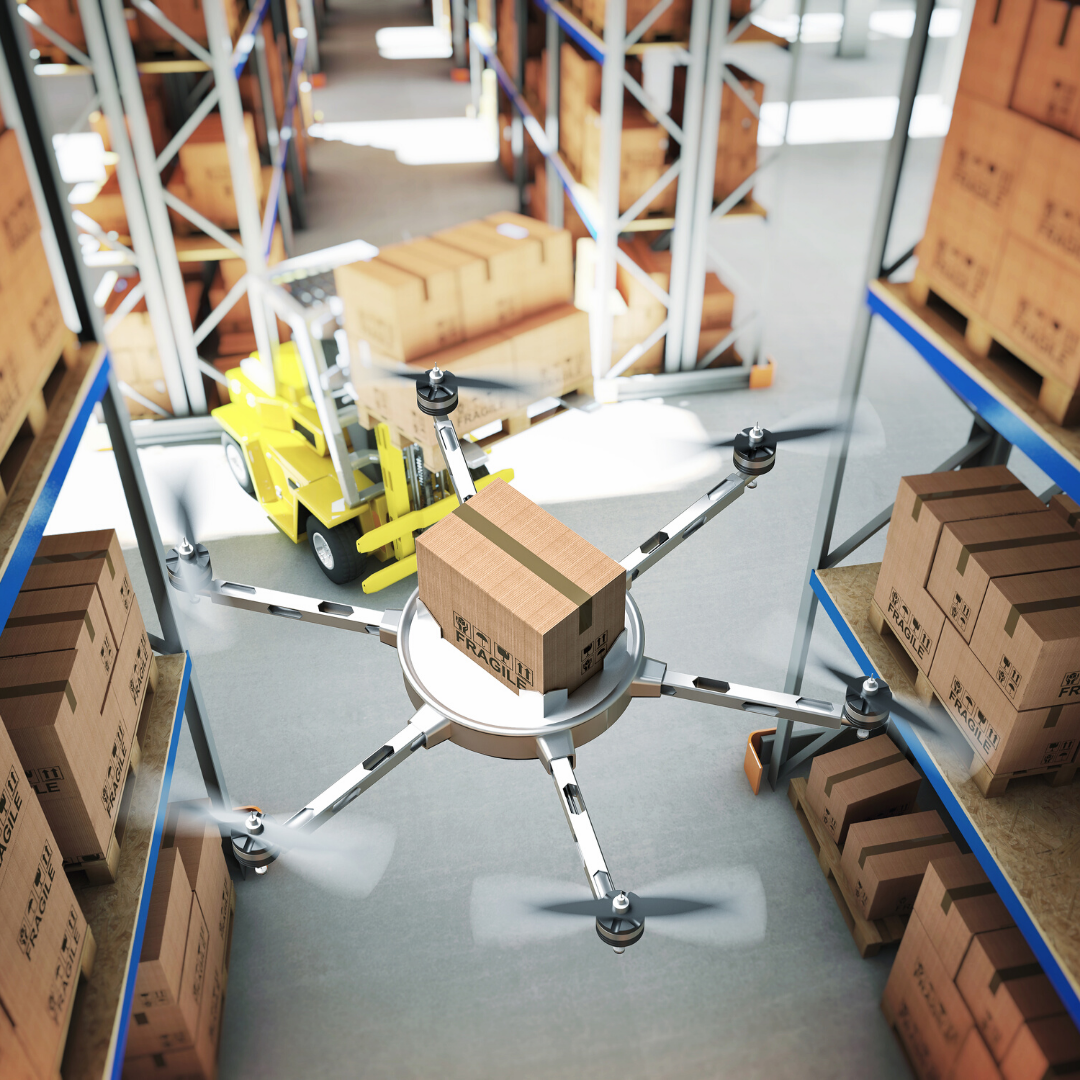AI-Powered Technology is Fundamentally Changing Retail
AI-Powered Technology is Fundamentally Changing Retail As AI-powered technology continues to evolve, we can expect to see even more innovation in the...

Like many of its eCommerce peers, Asos has been hit by the shift of consumer behaviour back to in-store shopping, and further hit by all the current challenges of supply chain issues, higher returns rates, and the cost-of-living crisis.
As an indicator, in September asos.com received 67.1M visits, compared to August traffic to asos.com decreased by -20.3%. The US is their biggest market but everywhere is seeing a decline.
However, this isn’t going to be a plan of the race to the bottom, as CEO José Antonio Ramos says[vlt_post_quote_block text="“Our obsession is not to be the cheapest like you could get from somewhere like Shein – we are trying to play a different game.”" css=".vc_custom_1667919275729{background-color: #e04e99 !important;}"]
So instead Asos has unveiled some strategic cornerstones to power through the next 12 months of uncertainty and put the business back on track. Here is an outline of the strategies Asos are adopting:
Solution: AI designed to pull insights on what is selling now and what is trending in social. These insights can be applied across the business in real-time giving product suggestions to buyers but also informing the design team on how they need to address the collections. Zara mastered this very early on in their business with an almost immediate design and stock adjustment to customer demand.
The growing adoption of intelligent algorithms among retailers to analyse customer behaviour and provide personalized shopping experiences is the primary factor driving market trends. These AI in retail solutions allow retailers to automatically recommend products to customers by analysing their purchase behaviour and historical data.
Solution: Thorough testing models to address Ramos’s need for a sharper digital experience and operating model, affecting reporting and therefore marketing strategy: “There are always mistakes and it’s a very useful tool to eliminate those mistakes.”
Asos agrees that future investments will be made in technology to sharpen operations and measures such as chaos engineering will allow the business to address issues most intelligently. Outages and even slight delays on their website can lead to lost customers, a tarnished brand, and lost revenue. Meanwhile, heavy competition means the breaks in the experience can be costly in the longer term.
Solution: A combination of performance testing and automation to solve developing errors will continually address the site's speed and as part of this subsequent speed report to the team to better react to needs.
With AI and machine learning becoming a benchmark for business practices, retail and CPG companies today have the unprecedented opportunity to leverage their data and elevate the customer experience in new, more meaningful ways. For Asos to deliver against improved speed to market of customer desires and operational steps on how to do this will be aided perfectly in this way.
For example advanced analytics, machine learning, deep learning, object recognition, and other cognitive solutions. Investments in AI in retail technology are driven by key tech giants such as Google, Microsoft, IBM, AWS, and Baidu. The evolution in customer demand along with transformative technology innovations will also foster market outlook.
As an indicator of what the competition is doing AI in the Retail Market size exceeded USD 2 billion in 2020 and is expected to grow at more than 30% CAGR between 2021 and 2027.
In China, as an indication of the adoption rates of technology, machine learning is projected to register a growth rate of around 40% through 2027. The difference for retailers will truly lie in a mastery of how technology can deliver to every customer desire.
 Solution: third-party partnerships with businesses such as TK Maxx would be one route the retailer is exploring, as well as the possibility of a physical outlet store. joint venture to offer Asos own-label brands including Topshop and Asos Design both online and in the department stores. Joint warehousing should also be a part of this conversation to adapt cost savings and better stock availability.
Solution: third-party partnerships with businesses such as TK Maxx would be one route the retailer is exploring, as well as the possibility of a physical outlet store. joint venture to offer Asos own-label brands including Topshop and Asos Design both online and in the department stores. Joint warehousing should also be a part of this conversation to adapt cost savings and better stock availability.
Mastering mobile commerce has been an ongoing mission for Asos and with 77% of these sales on mobile, they’ve done a great job so far. However, addressing the oncoming sales decline evolving mobile sales channels and UX will be key.
Ramos continued to say: “What we’re saying is that we need a more flexible approach to be able to adapt to different realities.”
Solution: This challenge is yet to be solved, but Asos is sticking to its guns and keeping free returns as part of its core offer. “We consider free returns an integral part of our market position so we are not considering charging for returns,” Ramos confirms. But as competitors change their policies they will be able to hold a significant advantage over Asos.
Instead, Asos intend to:
Following a period of instability at the top, it comes as no surprise that Asos needs to drive home a cohesive approach and unify the business with a common goal.
Ramos outlines key steps for Asos to overhaul its culture to align the team.
“Number one is that we want to push a culture of simplicity and transparency, with the means to do fewer things and to do things simpler. Secondly, we’re pushing ownership and entrepreneurial spirit. We want to get back to an Asos where people are continually trying new things, and that should foster innovation” he says.
Amazon advocates a ‘fail fast’ principle where if individuals aren’t trying new ideas and sometimes failing, then they aren’t risky and experimenting enough. Asos seems to support an approach to foster more risky, but healthy thinking across the team.
It will not be “business as usual” at Asos for the next year, but the measures unveiled by Ramos should help the business get back on track to what it does best – fashion for 20-somethings.We will be watching and hoping things improve for us all over the next year or so!
Sources: Retail Week, Google, Drapers Record

AI-Powered Technology is Fundamentally Changing Retail As AI-powered technology continues to evolve, we can expect to see even more innovation in the...

The past 12 months brought unprecedented and unpredicted disruption to the retail sector, with COVID-19 barely on the long-distance radar as the...

According to Gartner: “By 2025, organizations offering unified commerce experience, by moving customers, without friction through purchase journeys,...

For retailers in 2020, it really is a year of two halves. The first six months brought lockdown, a shutdown of non-essential retail, and a chance to...